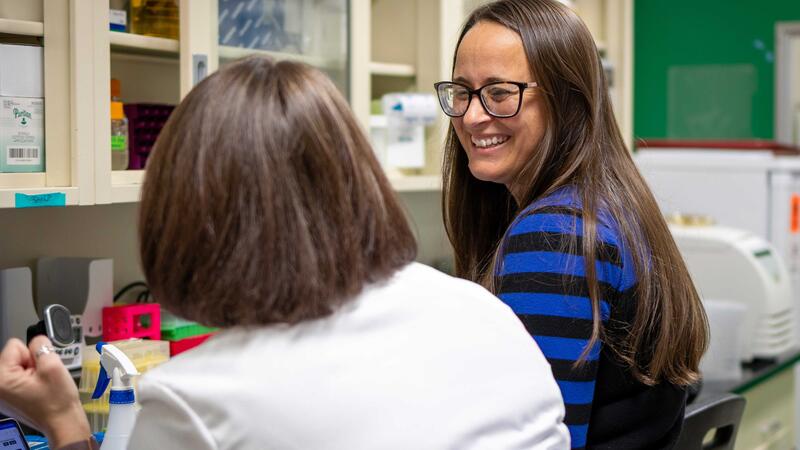News
Unraveling the mysteries of the plant microbiome
Three years after joining the Great Lakes Bioenergy Research Center, Michigan State University microbiologist Sarah Lebeis has been tapped to guide the center’s scientific research.
Bioenergy crops are an alternative energy source that, unlike fossil fuels, could positively impact the environment by reducing greenhouse gases, soil erosion, and carbon dioxide levels. They can be produced even more sustainably if they are grown on poor quality land unsuitable for food.
Michigan State University Foundation Professor Bruno Basso has long been a believer in the power of digital agriculture.
On June 8, the Senate passed the U.S. Innovation and Competition Act, a sweeping bill that would make significant investments in critical technology areas and increase the number of Americans who can participate in the benefits of scientific innovation. Attention now turns to the House, which will consider its own version of the bill.
In an exciting collaboration between Bruno Basso, Michigan State University Foundation Professor, and Kristofer Covey, assistant professor of Environmental Studies and Sciences at Skidmore College in New York, farmers in the United States will have an opportunity to





